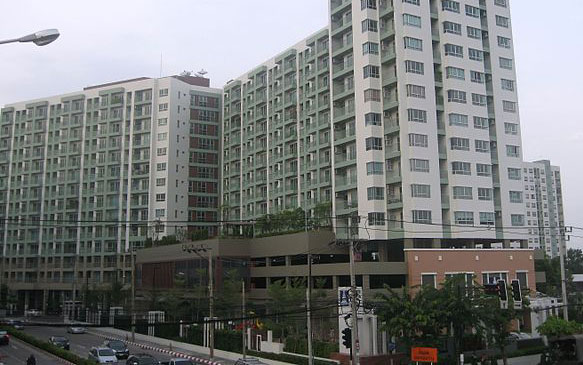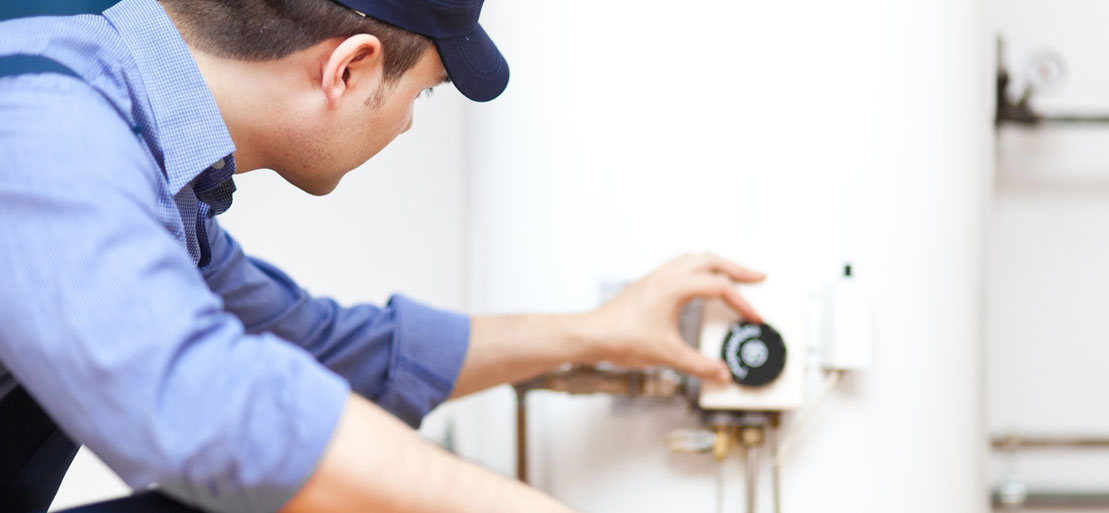MULTI-FAMILY/APARTMENT HOMES

Multi-family homes include condominiums, apartments, townhouses and duplexes. These building’s plumbing pipes may be at higher risk for Legionella than single family homes due to the possibility of having larger, more complex plumbing, heating and cooling systems. Water has further to travel through these systems, so it’s much harder to keep the temperature right, and disinfectant levels adequate. The control of these systems is typically the responsibility of the landlord or a property or facility manager. In these circumstances, it is the facility operator’s responsibility to help make sure proper maintenance and cleaning of the building's plumbing, heating and cooling systems. Tenants should regularly clean showerheads, faucets and personal humidifiers as described on the Homeowners page.
Facility managers of these buildings should follow the recommendations outlined in guidance from the American Society of Heating, Refrigerating and Air-Conditioning Engineers. The ASHRAE standard Legionella, and includes the development of a Water Management Plan, since their buildings may include (among others) the following features that can increase the risk of bacterial growth and transmission:
- Hot tubs/ Jacuzzis / spas
- Pools and shower facilities
- Indoor or outdoor fountains or water features
- Central water heaters and distributed water lines/pipes
- Cooling towers
- Water reservoir tanks
- Humidifiers
- Solar water systems
- Ice machines
Facility mangers of these buildings should have standard operating procedures for the routine maintenance and sanitation of these features. Some general guidelines are provided below:
Hot Tubs/Jacuzzis and Spas
Legionella grow best in warm water, like the water temperatures in hot tubs/Jacuzzi and spas. Warm temperatures also make it hard to keep disinfectants at the levels needed to kill germs like Legionella. Therefore, hot tubs/Jacuzzis and spas should be periodically inspected by health officials to help make sure they are operating properly and adequately cleaned. Facility managers should check the amount of disinfectant in the water and the pH twice a day, and have a regular schedule for cleaning them, which includes scrubbing away slimy films or algae from the sides of the tub, Jacuzzi or pool. Filters in these units should be replaced in accordance with the manufacturer’s specifications. If Legionella is detected in a hot tub, Jacuzzi or spa, the facility manager should follow CDC or the American Society for Heating, Refrigerating, and Air-Conditioning Engineers (ASHRAE) guidelines for cleaning and disinfection. For testing information, consult the CDC testing protocol.
Pools
Much of the same guidance for hot tubs, spas and Jacuzzis also pertains to pools. The CDC outlines guidance for pool operators including a 12-step program for prevention of recreational water illnesses, training, procedures for pool operations, and videos and guidance for the safety handling of pool chemicals. Facility operators should be know and obey all applicable laws and regulations. If there are shower facilities associated with pools, facility managers should be cleaning and disinfecting the shower heads and faucets at least on a quarterly basis.
Water Fountains/Features
Decorative fountains and other water features (e.g., ponds, bubblers, bird baths, etc.), particularly those that are located indoors, can provide a home for Legionella to grow and be transmitted. Facility managers at buildings with these features should have a written operating procedure for cleaning and disinfecting them to minimize problems from Legionella (and other waterborne bacteria) and they should maintain proper records of treatment and maintenance.
Water Heaters
Multi-family buildings may use a variety of hot water systems, so there is no one-size-fits-all approach to maintenance. If individual apartments have their own water heaters, the guidelines recommended for Homeowners can be used. Legionella typically multiply at water temperatures between 77oF to 108oF. The bacteria are not active below 77°F and do not survive above 108°F. Water heaters should be set to store water at least 140°F and distributed at 122°F or higher. To minimize the risk of scalding, the thermostatic mixer valves should be fitted as close as possible to outlets. Where mixing valves are not available or feasible, the water heater temperature can be set to 122°F to reduce the risk of scalding, particularly when there are children or the elderly in the building.
Facilities with a central hot water heater and distributed piping to deliver heated water to individual units should follow the recommendations outlined in the American Society of Heating, Refrigerating and Air-Conditioning Engineers (ASHRAE) standard for building water systems (ANSI/ASHRAE Standard 188-2015).

Cooling Towers
Large multi-family buildings may have a central cooling system that uses cooling towers or evaporative cooling systems. ASHRAE provides procedures for operating and maintaining these systems in the standard for building water systems (ANSI/ASHRAE Standard 188-2015). Facility managers working in these buildings should have a water safety plan, and follow it closely, as numerous Legionella outbreaks have been associated with poor maintenance of cooling systems.
Water Reservoir Tanks and Cold water systems
The ASHRAE standard for building water systems also provides proper procedures for operating and maintaining water reservoirs and cold water systems. (ANSI/ASHRAE Standard 188-2015). Facility managers should take particular care of rooftop storage tanks to help make sure that they are properly screened and vented to protect against entry of birds or insects. An annual check of these systems is recommended.
This information is provided for the sole purpose of providing our customers with currently available information regarding actions to minimize exposure to Legionella. The information provided on this site is based on publicly-available data and American Water does not guarantee the accuracy of this information on this site or of the information provided on the third party sites linked within. This information, or reference to any devices or services is not intended for any commercial, legal or other use. The materials and information contained in this site are provided “as is” and without warranty of any kind.
